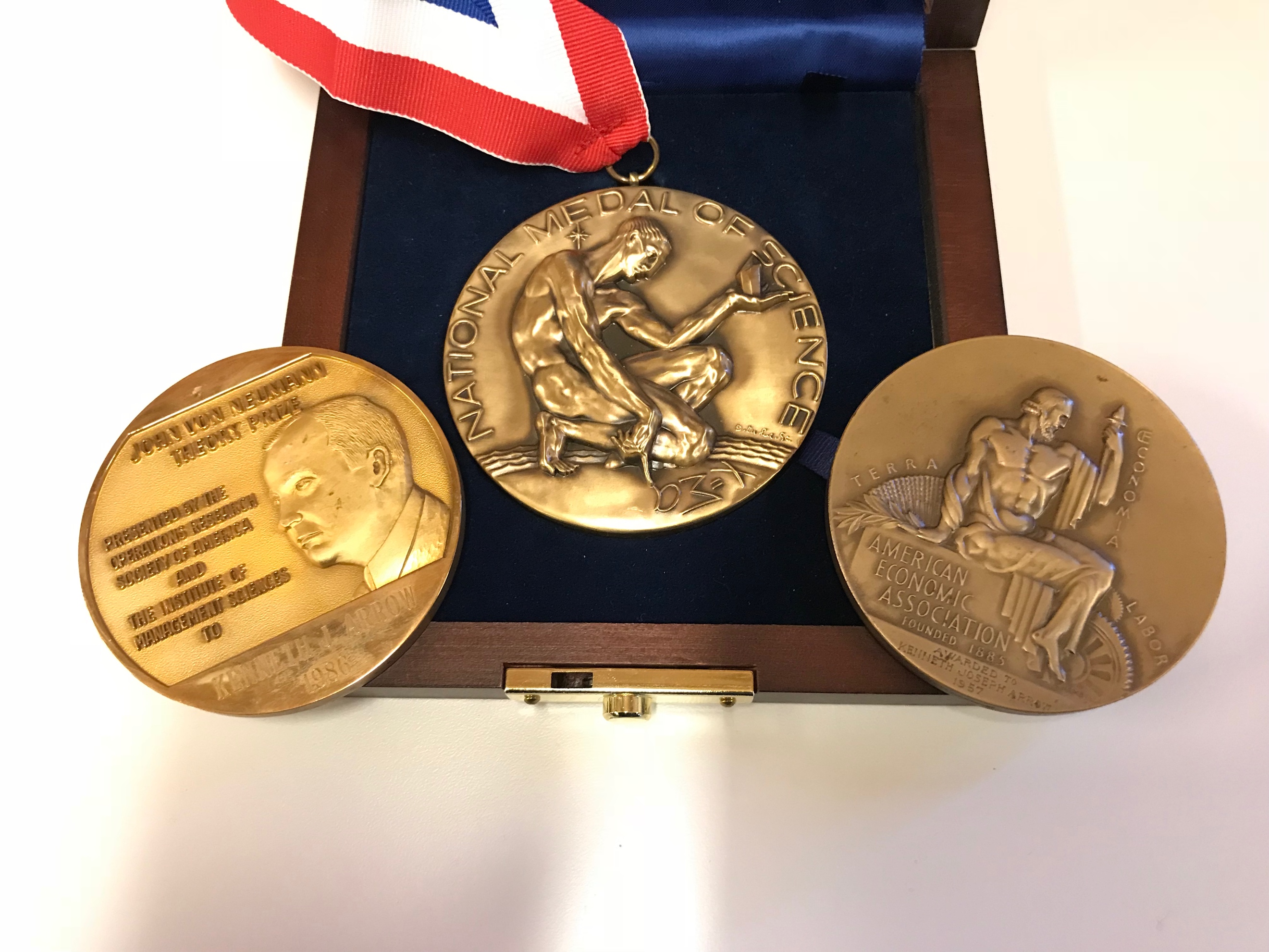Post contributed by Laura Wagner, Ph.D, Radio Haiti Archivist

Caribbean and African-Canadian Information (CIDIHCA)
In January 1982, Richard Brisson – poet, actor, journalist, station manager at Radio Haïti-Inter – was killed, along with Robert Mathurin and Louis Célestin, following a quixotic attempt to invade Haiti via Île-de-la-Tortue, the island off Haiti’s northern coast. He was thirty-one years old. Along with the rest of Radio Haiti’s journalists, Brisson had been in exile following the Duvalier regime’s violent crackdown on the independent press on November 28, 1980. Richard, they say, could not bear exile. The dictatorship claimed that Brisson and his comrades had been killed in combat. They were, in fact, executed.

In 1987, a few months after Radio Haiti returned from exile after the fall of Duvalier, they paid tribute to Richard Brisson. The broadcast opened and closed with the Alain Barrière song “Un poète,” which begins, “A poet does not live long.” Richard’s cousins Ady Brisson and Freddy Burr-Reynaud and Radio Haiti journalists Michèle Montas, Konpè Filo, and Jean Dominique remembered Richard the journalist, the poet, the iconoclast, the dreamer.
Dominique’s words are translated below.

This would have been the title of a fine fairytale, Richard’s death, for the two eyes of a princess. I have rightly said “two eyes” [deux yeux] and not “sweet eyes” [doux yeux]. But quickly consider, good people, that this is the wicked fairy godmother[i] of whom we speak, that evil princess whose two eyes Richard wished to gouge out in a famous song about one of the poor neighborhoods of our capital — do you recall, “Panno Caye Nan Bois Chêne”?[ii] And it was due to an evil spell cast by those two eyes that our poet was killed. But his murderers were so ashamed of their crime that they then tried to disguise it as a death in combat. Yet you must have seen those photos of Richard and his two comrades shackled and perfectly alive after their arrest on Île de la Tortue…
I read in the newspaper that slumber eludes that wicked fairy who so despised Richard, now in exile in France where she and her husband were dispatched, thanks to the complacency, or the complicity, of the world’s powerful. “She cannot sleep at night!” she complained. The ghost of Richard must haunt her sleepless nights, and that is as it should be.
For the death of Richard, whose memory we are celebrating this week, paradoxically raises very current questions. Paradoxically, because Richard approached news as he approached politics, as he approached everything: as a poet. He wanted to represent Léogâne in parliament, like his grandfather Frédéric Burr Reynaud. Richard’s photo soon hung from the electrical towers along the road. When asked about his lack of political experience, he laughed uproariously and responded, brows knitted: “Politics is too important to be left to the politicians.” And when Luc Désir[iii] made it clear to him this was not his place: “Have you looked at yourself in the mirror?” demanded the Duvaliers’ chief torturer, future lackey of the wicked fairy. “Have you looked at yourself in the mirror?” Richard told me this story smiling once more, then added, “Jean Do, are we truly the Jews of this land?” And on he went, whistling, hands in his pockets, a song by Jacques Brel on his lips, a song about the bourgeois who are like… you know…[iv]
Continue reading For the Eyes of a Princess: Jean Dominique on the Life and Death of Richard Brisson










